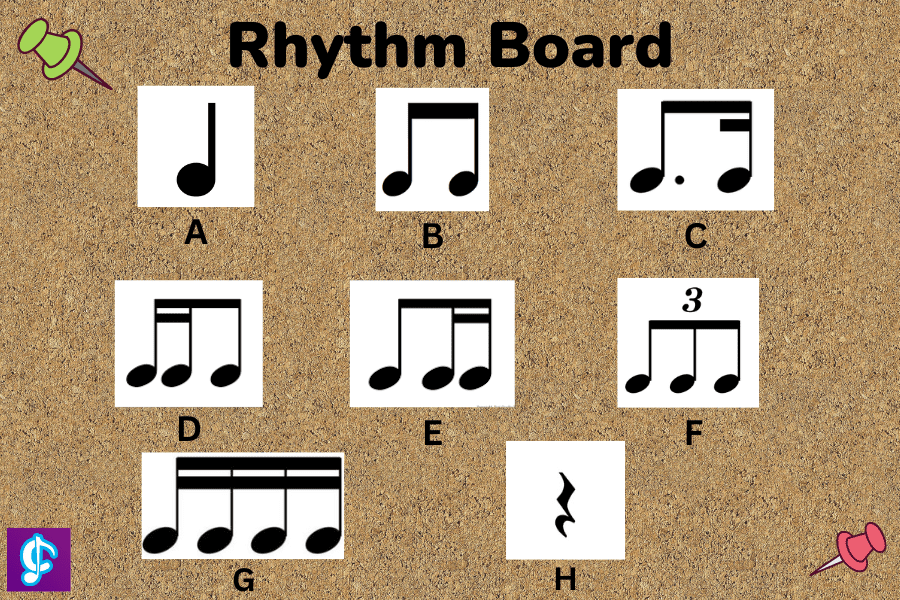In the previous lesson we looked at what makes a good melody and in this lesson we’re going to get composing!
If you’ve chosen not to write your own theme but borrow one from another composer please feel free to move onto the next relevant lesson.
In this lesson we’ll cover:
- Use a rhythmic ‘defining feature’
- Keep it simple
We’re going to create a 4-bar melodic phrase and build this into a 16-bar theme in the next lesson.
1. Use a rhythmic defining feature
If you’ve taken our course: ‘Composing a Melody using the Defining Feature Approach®‘ then you’ll know that a ‘defining feature’ is:
- A small musical feature that is repeated within the melody
- What defines a theme or gives it character.
Using a defining feature in your melody helps to give structure to your theme and it’s really straightforward to do.
Repetition makes it memorable
Don’t be afraid to repeat ideas within your melody – it’s what will give your theme definition and memorability.
Let’s have a look at an example:
You can create a short 1 or 2-beat rhythmic motif to be repeated in your 4-bar phrase. You may find this 1-beat rhythm board helpful:

2. Keep it simple
In a theme and variations composition, it’s a good idea to keep your theme as simple as possible so that there’s plenty of scope to develop it later on. If you use all your techniques in the first part of the piece, you’ll have nowhere to build to!
Here’s the first part of the melody for our model composition by David Beeby:
We’ve gone through a few tips and techniques for writing a good melody so here’s a summary before you start composing your own 4-bar theme:
- Establish a clear sense of key (try starting on a note from the tonic triad e.g in C major – C E G)
- Use a rhythmic ‘defining feature’
- Use repetition
- Include a combination of stepwise and leap movement
Now it’s your turn
Compose a 4-bar phrase for your theme section. Revisit the summary above for guidance and if in doubt, keep it simple!
Hopefully you now have a 4-bar phrase – if not please go over the steps from this lesson again before moving on as we’ll be developing this phrase after the next lesson.
Let’s Go!
Click the MARK COMPLETE button below and move on to the next lesson.

